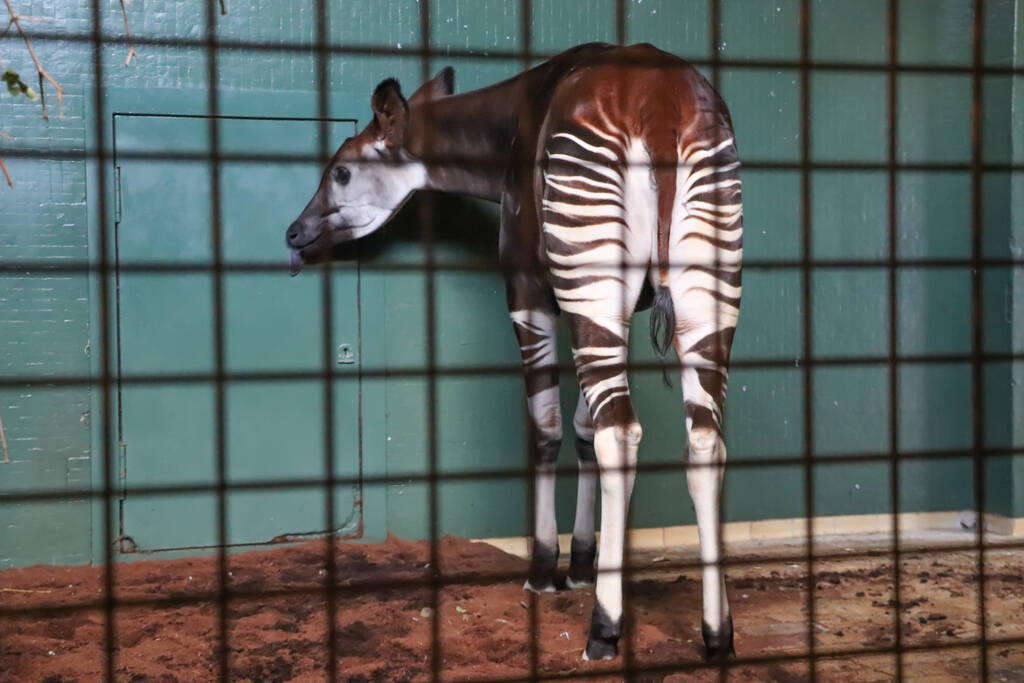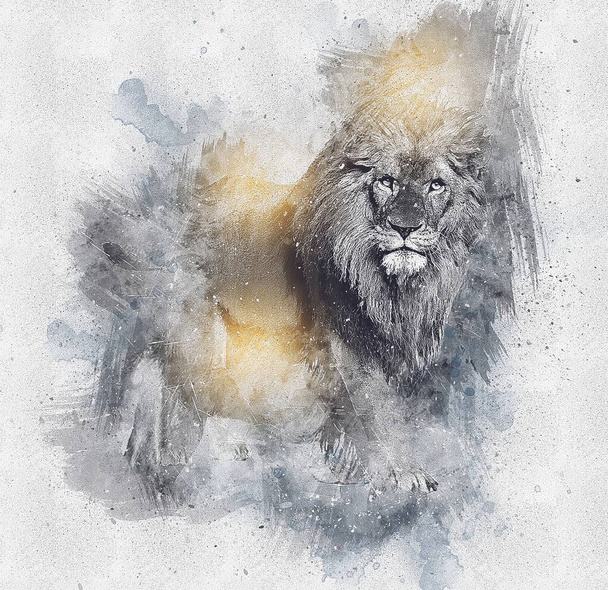It appears there’s a misunderstanding regarding the term “Art of Zoo” This phrase, in the context it’s often found on the internet, refers to explicit and illegal content that promotes animal cruelty, specifically bestiality. It’s important to clarify that this type of material is both unethical and against the law in many jurisdictions around the world. Such content violates basic moral standards and legal statutes designed to protect animals from abuse.

If we pivot from the explicit interpretation and consider a more legitimate perspective on the “artofzoo” we could discuss the craftsmanship, dedication, and science involved in creating and maintaining zoological parks that focus on animal care, conservation, and public education. If this interpretation aligns with your inquiry, here’s an explanation from that angle:
Art of Zoo: Craftsmanship and Conservation

Understanding the “Art of zoo” in Zoological Parks
The term “Art of zoo” in this context refers to the skillful, dedicated approach taken to ensure animal welfare, conservation efforts, and the educational value provided by ethical zoological establishments. This art encompasses several aspects:
- Designing Habitats: Art of zoo must create environments that emulate an animal’s natural habitat, promoting psychological well-being and physical health. This endeavor requires a blend of artistic vision, scientific understanding, and engineering skills.
- Conservation Efforts: Modern, ethical zoos participate in breeding programs to help save endangered species. This scientific art requires a deep understanding of genetics, veterinary medicine, and environmental science.
- Educational Programs: Zoos provide an immersive educational experience, teaching visitors about biodiversity, conservation, and ecology. The art lies in crafting engaging, informative programs and exhibits.
The Science Behind Art of zoo
Art of zoo that contributes positively to animal welfare and conservation isn’t just an art; it’s a science. It involves artofzoo:
- Behavioral Studies: Observing animals to understand their needs and preferences, ensuring their enclosures offer mental stimulation and physical comfort.
- Nutritional Science: Each species has specific dietary needs. Providing the right nutrition is a science that’s vital to the animals’ overall health.
- Veterinary Care: Regular health checks, preventative medical care, and emergency treatment are based on veterinary science.
Challenges Facing Modern Art of zoo

Despite the positive impacts, Art of zoo face several challenges:
- Ethical Considerations: Balancing animal welfare with operational demands is complex. Ethical zoos prioritize animals’ physical and psychological health above all else.
- Conservation Funding: Conservation programs are expensive. Zoos often rely on donations, grants, and research partnerships.
- Changing Public Perception: As awareness of animal welfare grows, zoos must adapt to increasing expectations about conditions and practices.
The Future of Art of zoo
Looking ahead, Artofzoo have the potential to be powerful agents for positive change:

- Conservation Leaders: With species extinction accelerating, zoos can play a critical role in conservation efforts.
- Educational Hubs: By teaching the public about biodiversity loss, climate change, and conservation, zoos can inspire visitors to become environmental stewards.
- Animal Welfare Advocates: Continual improvement of animal care practices will help shift public opinion and ensure animals live fulfilling lives.
Conclusion
While the phrase “Art of Zoo” might have problematic interpretations, the legitimate artistry and science of ethical zoological practices are undeniably crucial in today’s society. These institutions can act as bastions of animal welfare, conservation, and education, provided their practices are rooted in respect for the animals they care for and the environments they represent.
FAQs – Art of zoo
Q1: How do modern Art of zoo contribute to animal conservation?
Answer: They participate in international breeding programs, help rehabilitate injured wildlife, and fund conservation projects in the wild.
Q2: Are animals in Art of zoo happy?
Answer: In ethical establishments, great effort is made to ensure animals’ physical and psychological needs are met. While it’s challenging to measure “happiness,” welfare is closely monitored.
Q3: How do Art of zoo educate the public?
Answer: Through interactive exhibits, guided tours, educational programs for schools, and hosting talks by wildlife experts.
Q4: What are the signs of an ethical zoo?
Answer: Spacious, enriched habitats, transparent about sourcing of animals, active involvement in conservation efforts, and a clear focus on educational programming.
Q5: Can visiting Art of zoo contribute positively to conservation efforts?
Answer: Yes, many conservation-focused Art of Art of zoo use ticket revenues to fund various wild life protection projects. By visiting and donating, you’re indirectly supporting these efforts.
